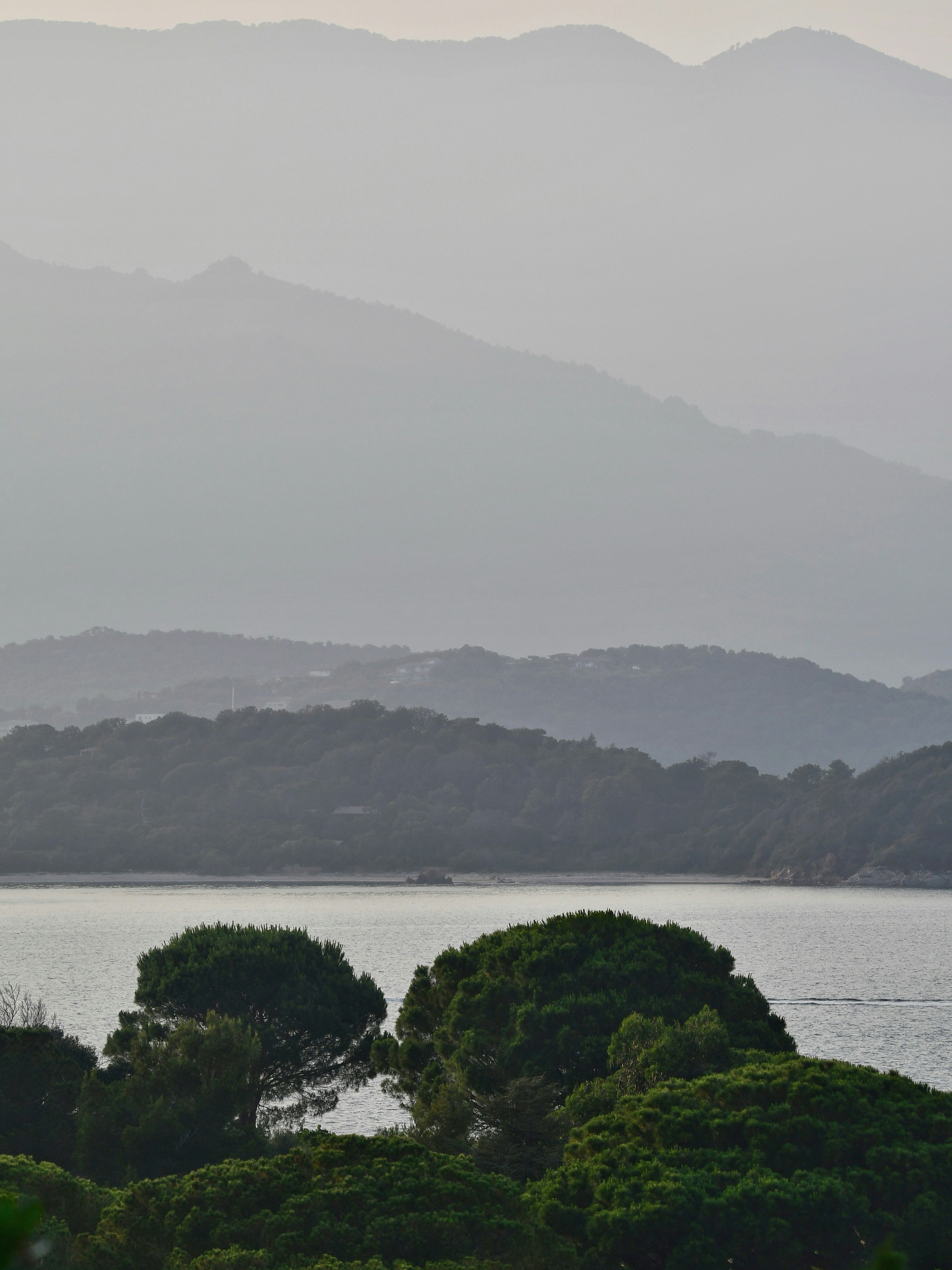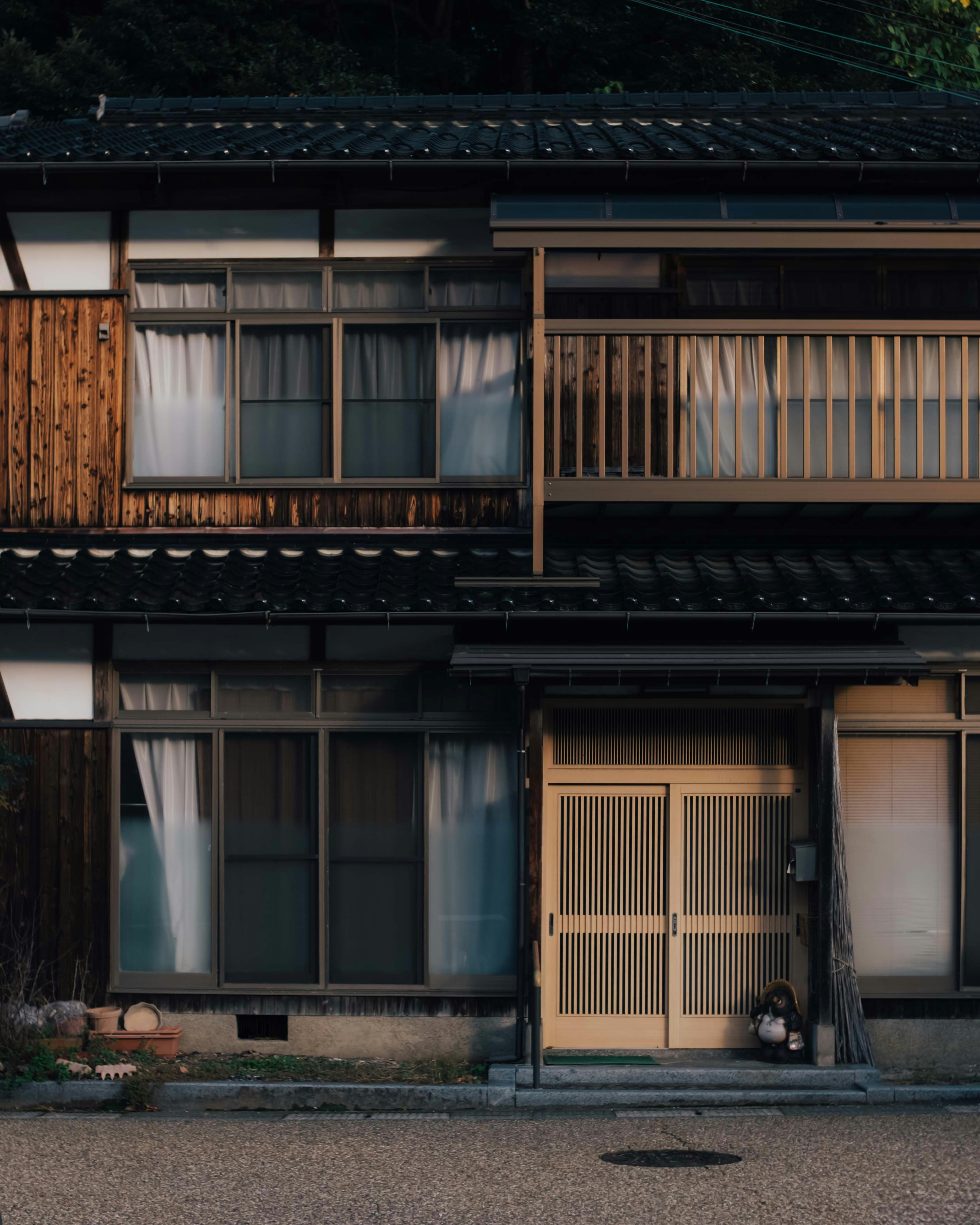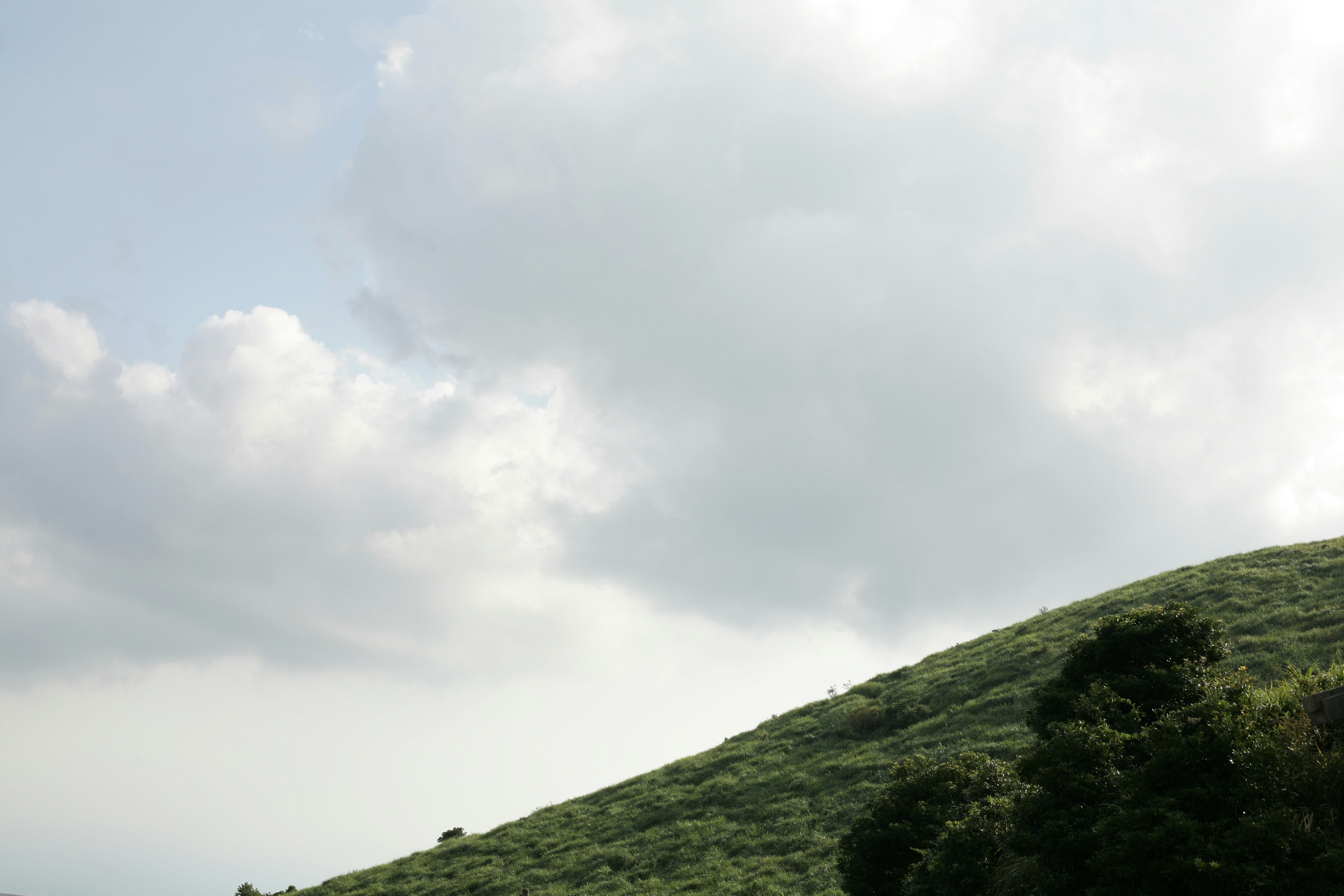.svg)
Hidden Gems: Lesser-Known Areas for Real Estate Investment in Japan
.svg)
.svg)
.svg)

Looking beyond Kyoto City? Explore the best rural villages in Kyoto Prefecture for buying akiya—and how Old Houses Japan helps you make the move.
.jpg)

When most people think of Kyoto, they picture bamboo forests, golden temples, and bustling tourist streets in Gion. But step outside the city and you’ll discover a different side of Kyoto—one that’s quiet, rural, deeply traditional, and full of underrated akiya opportunities.
Kyoto Prefecture stretches far beyond the city itself, encompassing mountain villages, fishing ports, tea fields, and castle towns. These lesser-known areas are perfect for buyers seeking a home in an authentic, peaceful, and often breathtakingly beautiful part of Japan.
Here’s a guide to exploring the hidden villages of Kyoto Prefecture—and why they might be the ideal place to plant roots.

Thatched-roof heritage and untouched countryside charm.
Miyama is famous for its preserved kayabuki (thatched-roof) houses, many of which are centuries old. Set against a backdrop of rolling mountains and clear rivers, it feels like stepping into a living museum.
Why it’s special:
💡 Akiya Tip: Owning here means responsibility—expect preservation guidelines and maintenance costs, but the reward is owning a piece of living history.

Japan’s floating village—and a maritime treasure.
Tucked along the Sea of Japan coast, Ine is best known for its funaya, or boathouses that sit directly on the water. While these rarely come up for sale, surrounding homes in the village often do—and they offer stunning ocean views, fishing culture, and seasonal beauty.
Why it’s special:
💡 Akiya Tip: Look just outside the funaya zone for better availability and fewer preservation restrictions.
.jpg)
Fields, forests, and friendly farming villages.
These neighboring towns in northern Kyoto Prefecture are full of quiet backroads, historic kura storehouses, and kominka homes nestled among rice paddies. This is where rural life meets affordability—with decent infrastructure and city hall support for akiya buyers.
Why they’re special:
💡 Akiya Tip: Great for buyers who want space, peace, and a strong local network.

The green gateway to Kyoto's northern countryside.
Known for its organic farming movement, spiritual retreats, and sustainability efforts, Ayabe blends rural living with progressive ideals. You’ll find communities of farmers, artists, and foreigners building intentional lives in the mountains.
Why it’s special:
💡 Akiya Tip: Ayabe is great for those looking to grow food, host workshops, or live a slower, nature-connected life.
.jpg)
Castle town meets country life.
Fukuchiyama is a regional hub that blends historic charm with modern conveniences. While technically a city, it borders smaller hamlets and villages where large homes with gardens are surprisingly affordable—and close to train lines.
Why it’s special:
💡 Akiya Tip: Look in surrounding districts like Oe, Kawamori, and Mitate for more rural vibes within city reach.
We help buyers:
Whether you want a forest retreat, coastal home, or heritage farmhouse, we’ll help you find the one that fits your vision.
The real magic of Kyoto isn’t just in its temples or teahouses—it’s in the quiet corners where life still moves with the seasons, neighbors greet you by name, and old homes wait patiently for someone to bring them back to life.
If you’re looking for authenticity, natural beauty, and affordable opportunity, Kyoto Prefecture’s villages are calling.
Let Old Houses Japan help you answer.
Start your journey with Luxey today! Sign up for free and get instant access to the best property listings.



